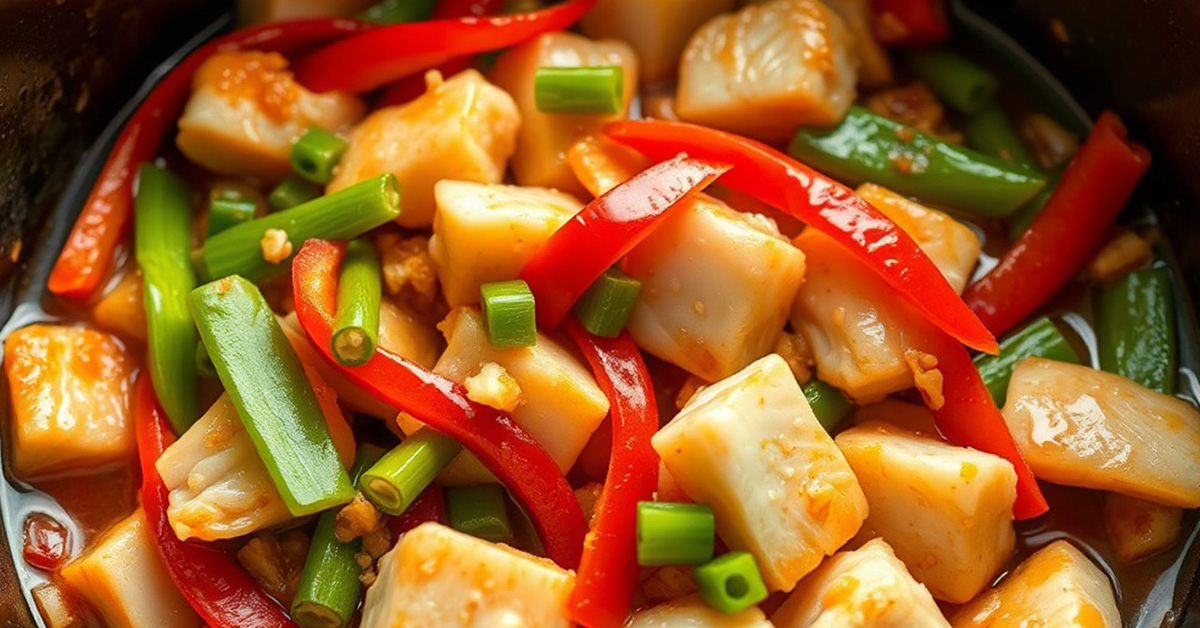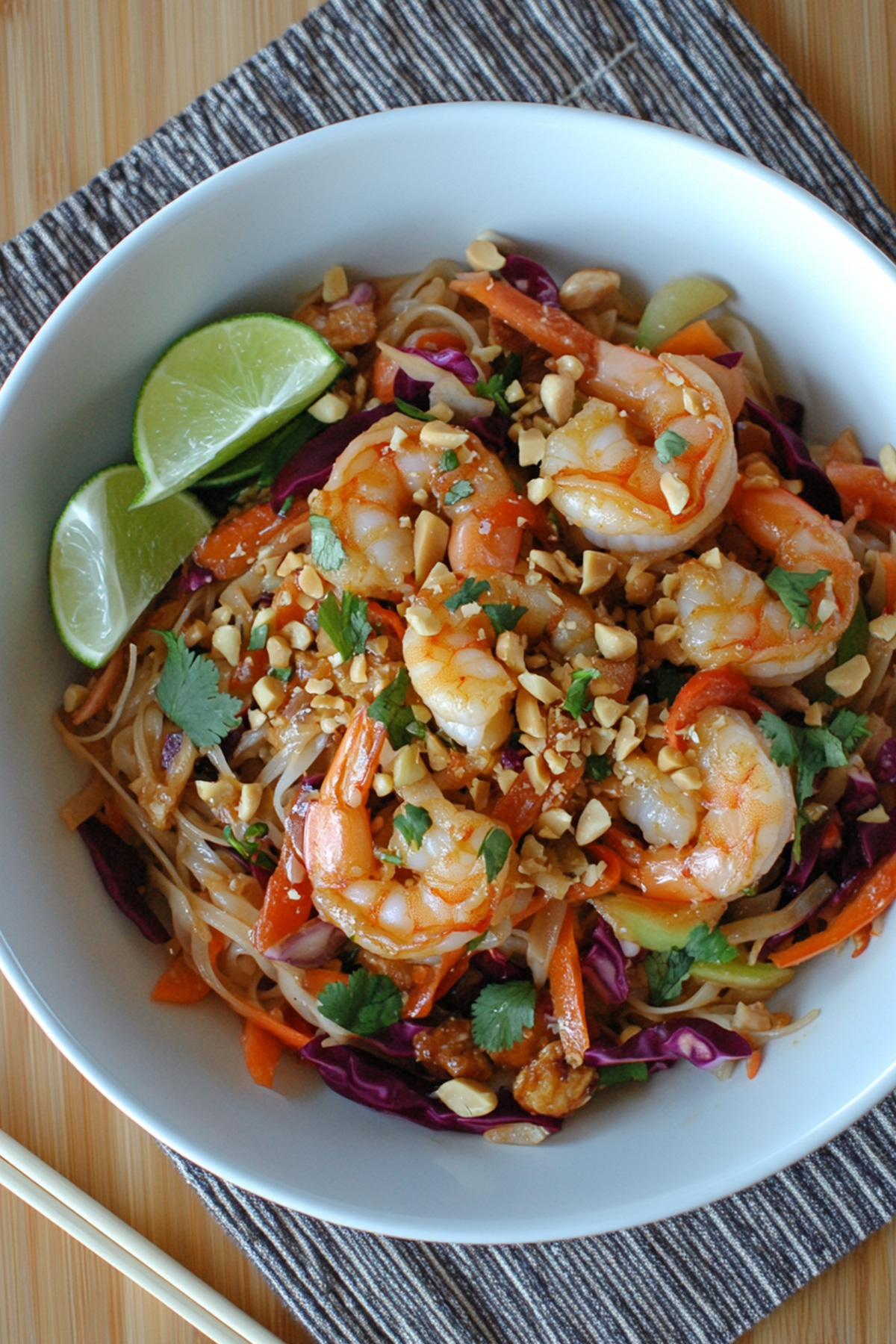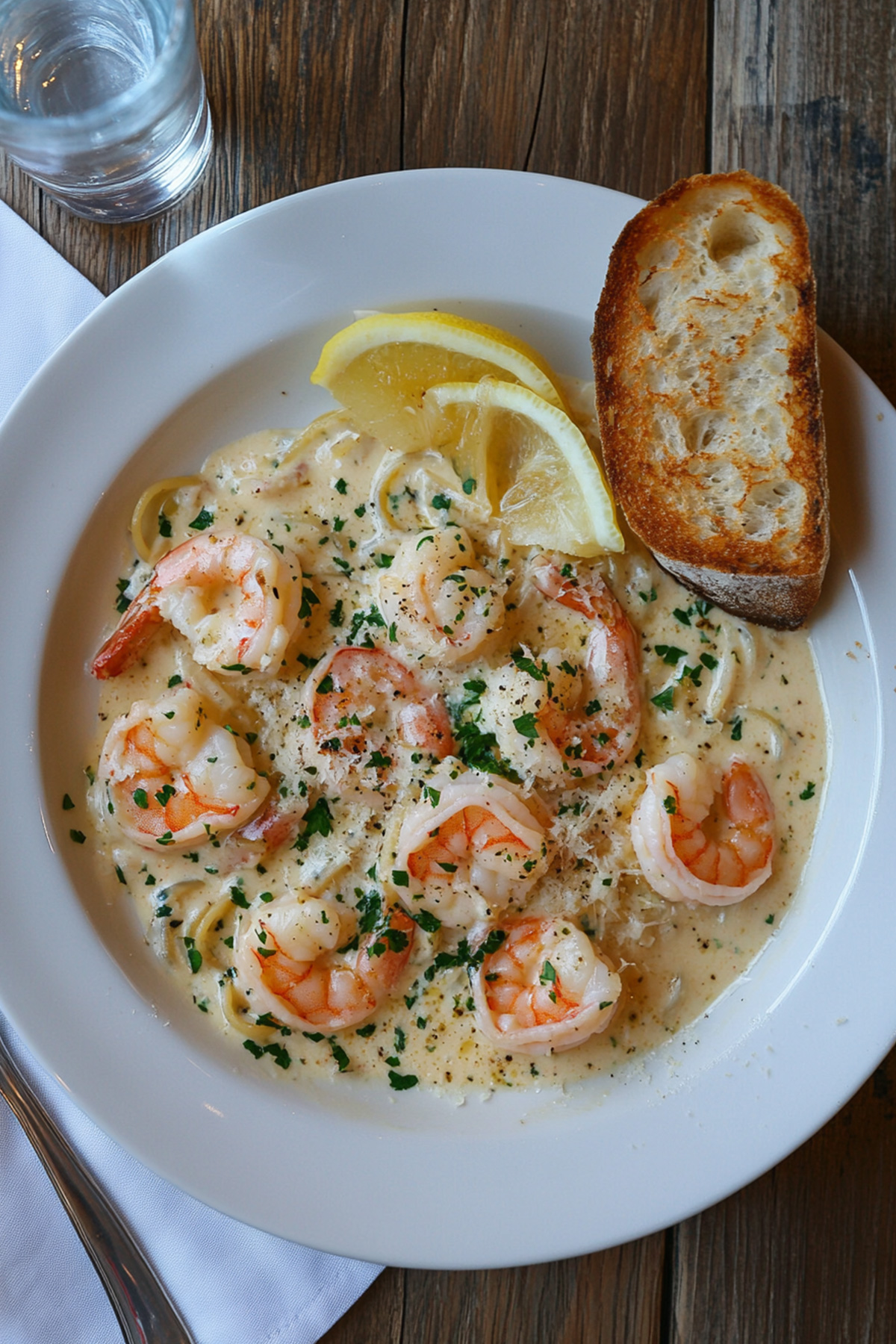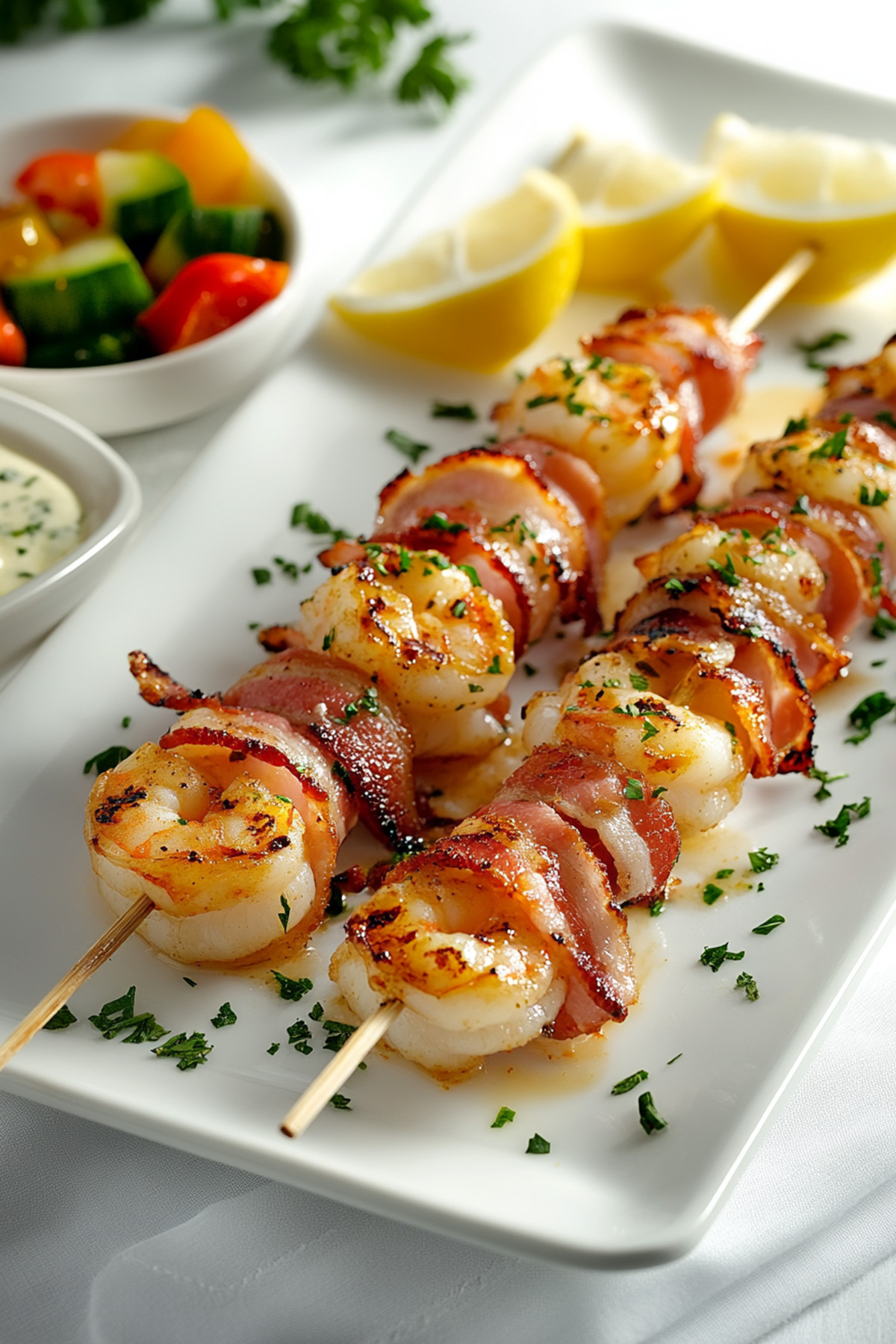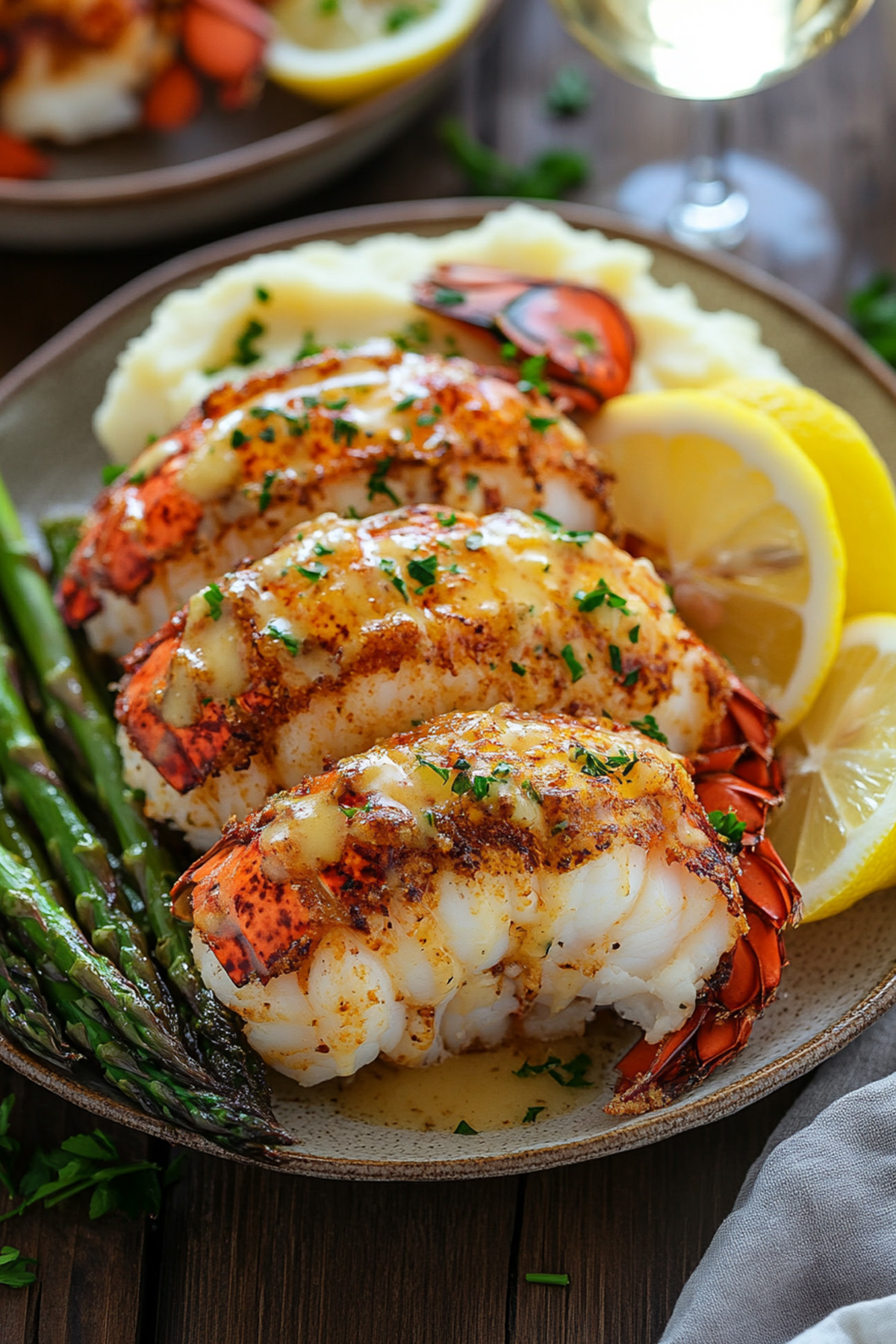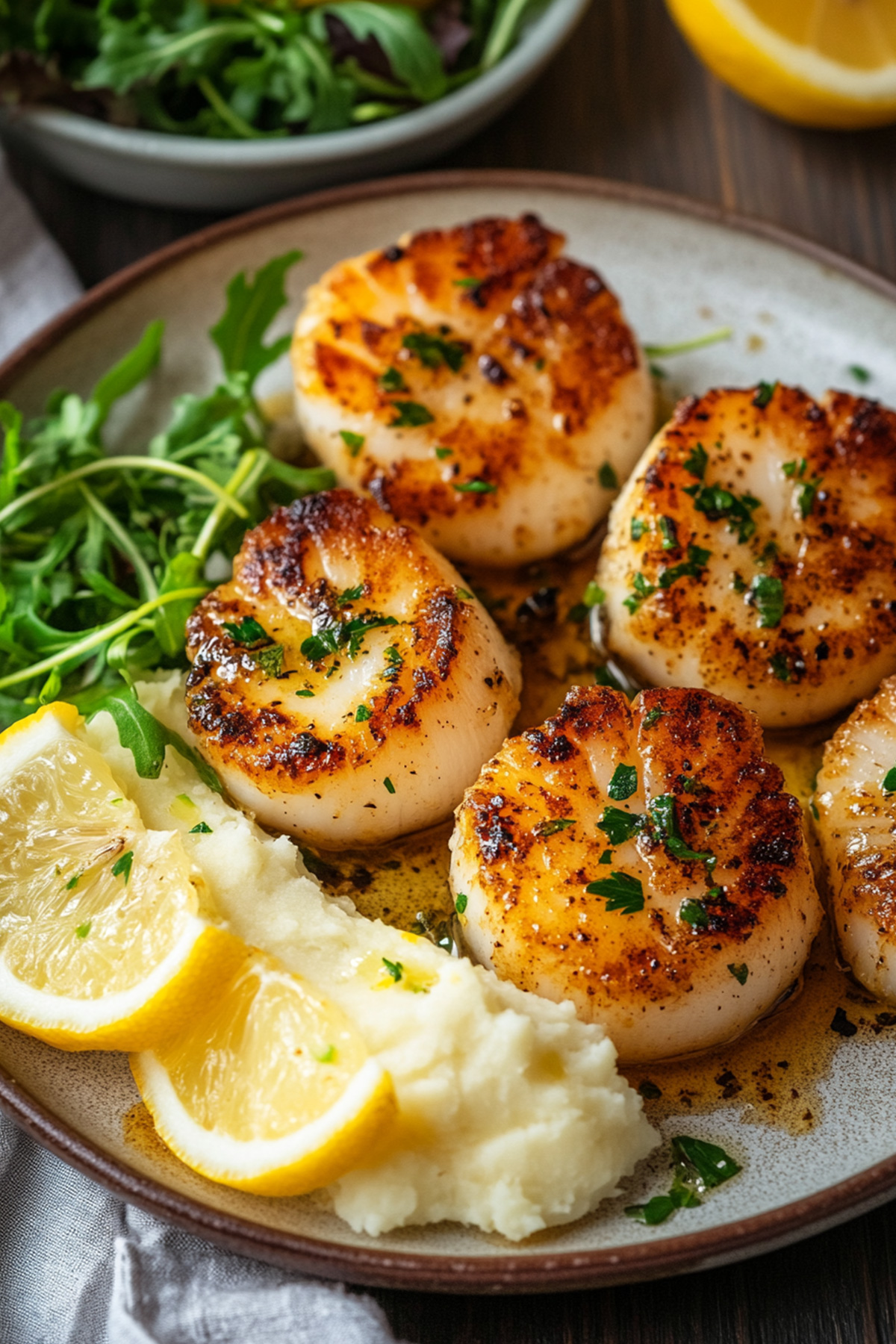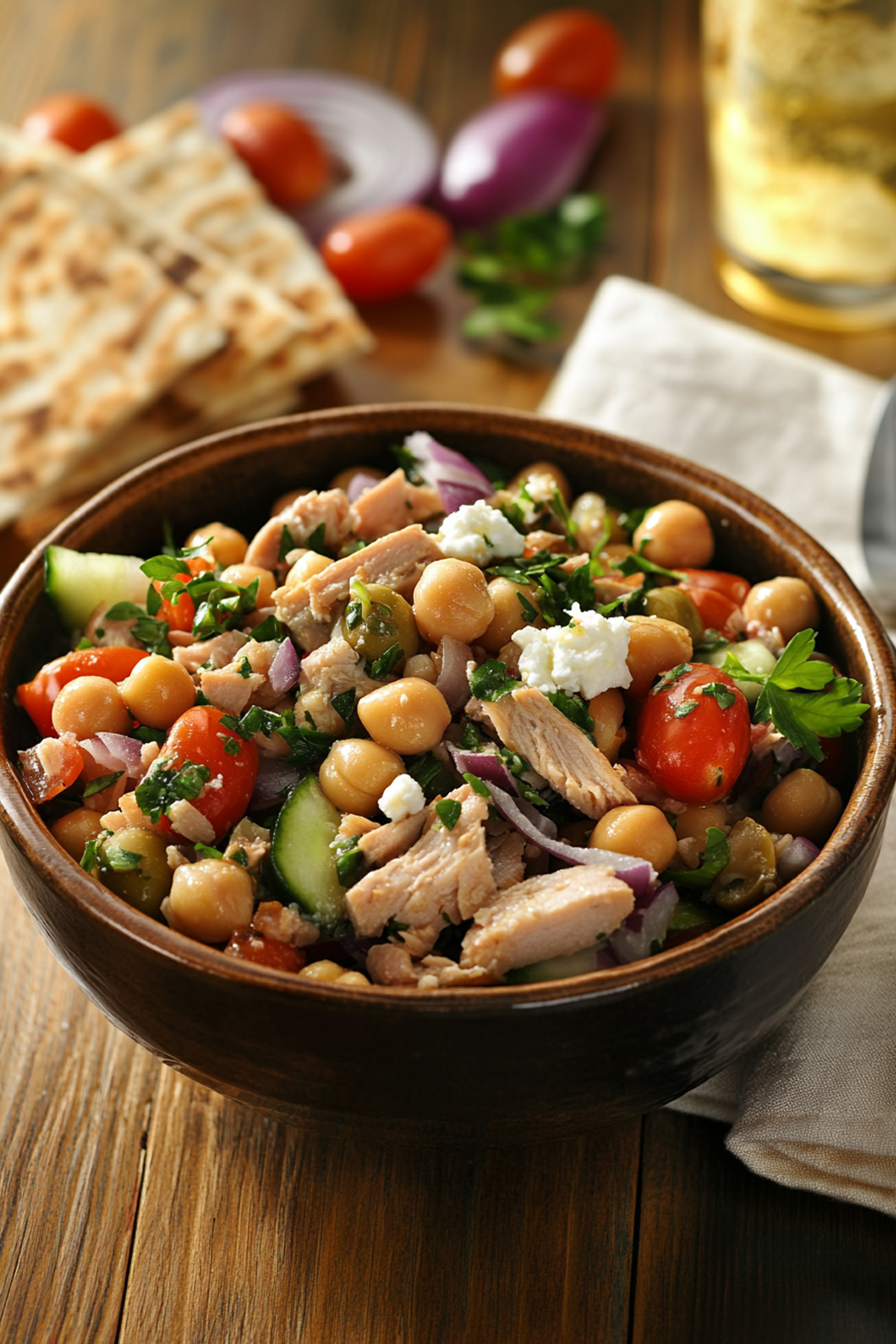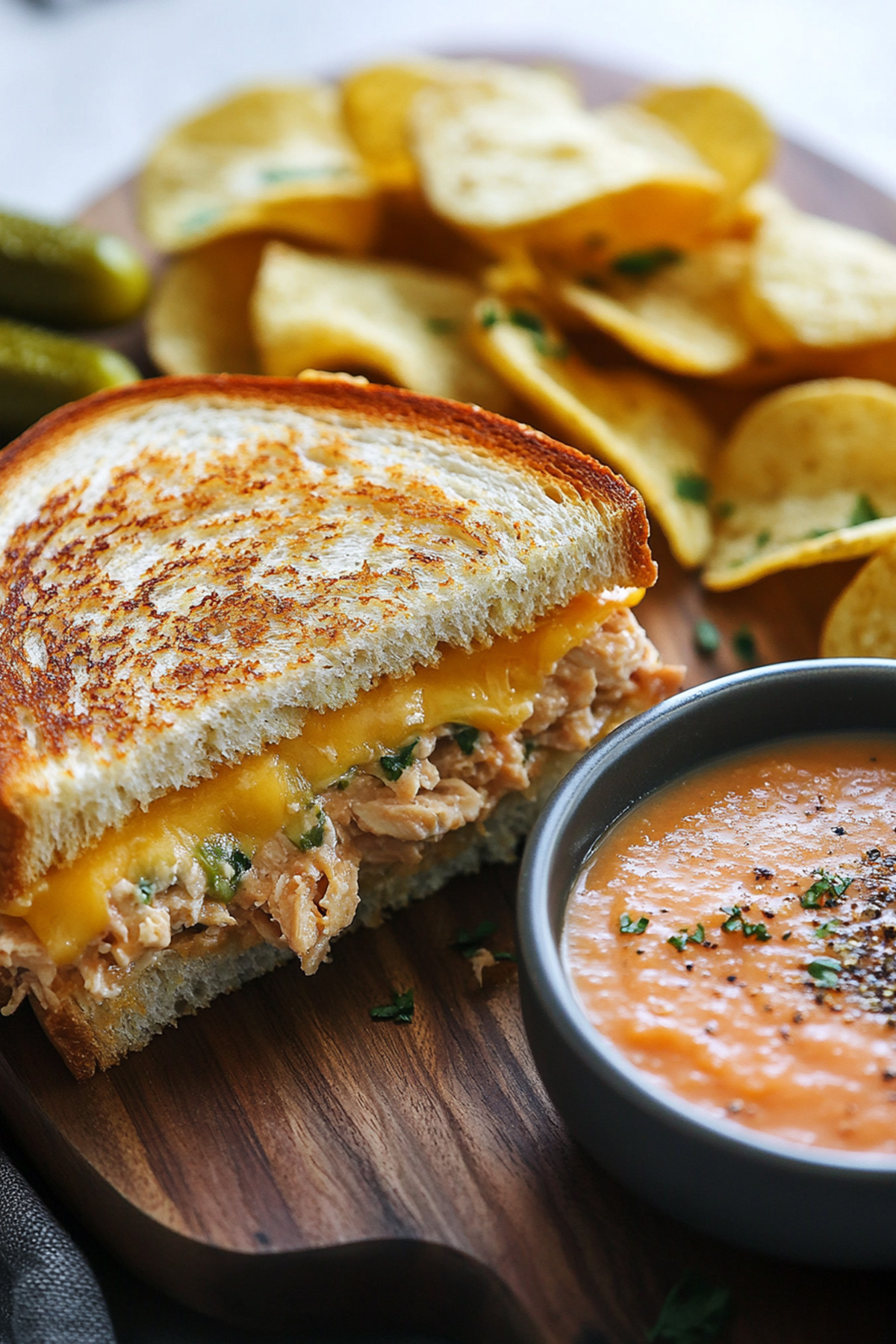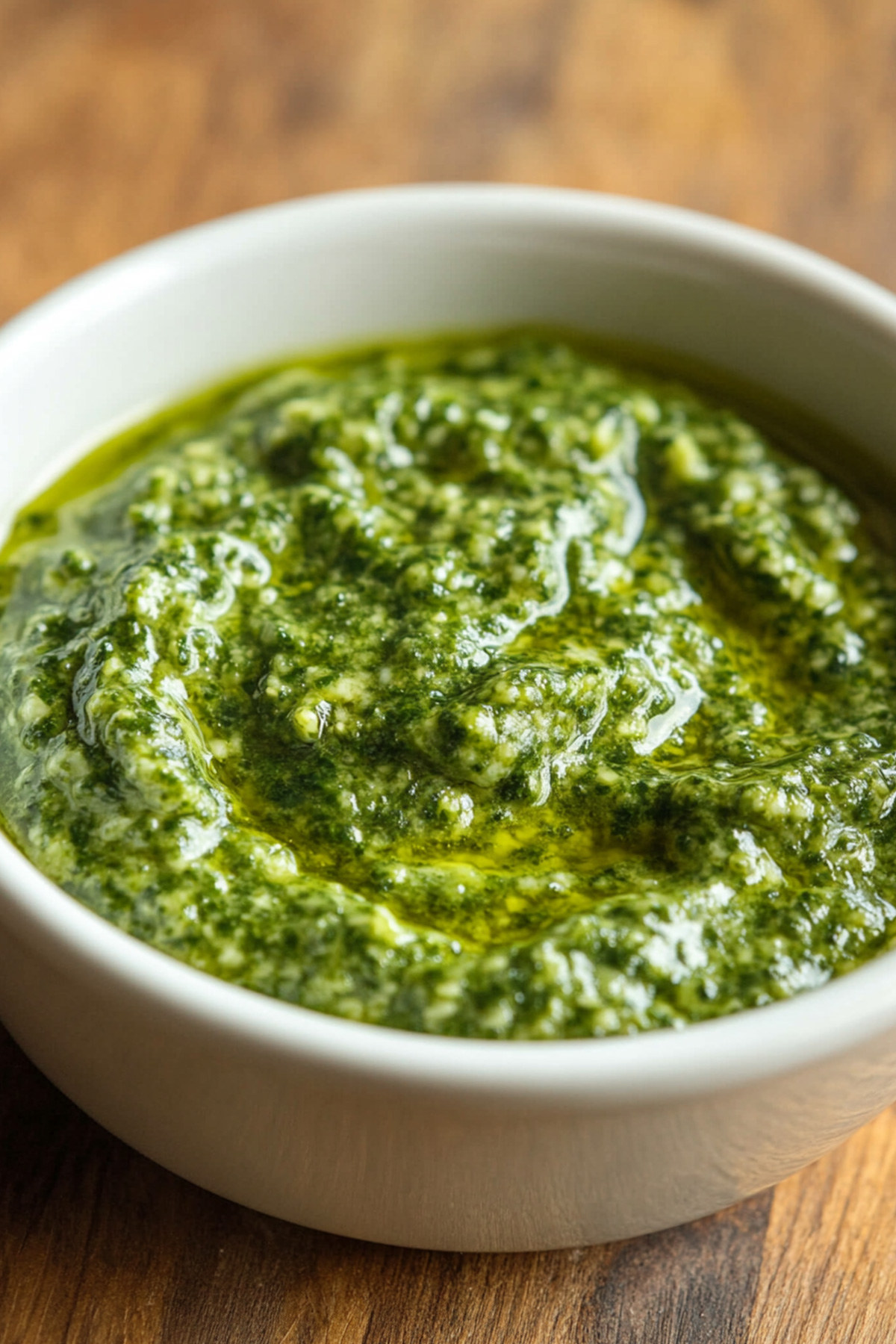Disclosure: As an Amazon Associate and participant in other affiliate programs, we earn from qualifying purchases. We only recommend products we believe will provide value to our readers.
You can make restaurant-quality fish stir fry recipe right in your kitchen. This classic Asian dish brings together tender fish, crisp vegetables, and rich sauces in a quick meal. Your homemade version will soon rival your favorite takeout when you learn the techniques and ingredients professional chefs use.
This piece will give you the knowledge to make perfect stir fry fish filets. You’ll find the right wok, craft amazing sauces, and learn which fish works best. The guide includes equipment recommendations and chef tips that guarantee great results. These proven methods will help you create an impressive wok fried fish dish, regardless of your cooking experience.
Table of Contents
Understanding Fish Stir Fry Basics
Let’s head over to the fundamentals of stir-frying fish! Many people think stir-frying just means tossing ingredients in a wok. The reality shows it’s a sophisticated cooking technique that chefs have perfected over thousands of years.
A great fish stir-fry’s magic comes from understanding the three significant heat zones in your wok. The bottom provides intense heat to sear, while the middle maintains perfect cooking temperature. The upper sides help you control how fast ingredients cook.
These principles make stir-fried fish special:
- Quick cooking preserves the fish’s tenderness
- Proper preparation prevents the fish from breaking apart
- The “velveting” technique keeps fish moist and juicy
- Temperature control will give perfect texture
Restaurant-quality stir-fried fish stands out because of velveting. This Chinese method coats your fish with a mixture of egg white, cornstarch, and wine before cooking. Picture it as a protective silk coat around each fish piece that seals moisture and creates tender results.
Note that successful fish stir-frying depends on preparation and timing. The process moves fast once the wok heats up, so everything must be ready beforehand. Your fish needs uniform cuts, mixed sauce, and all ingredients within reach when you start cooking.
Best Fish Varieties for Stir Fry
The right fish selection plays a significant role in your stir-fry’s success. You need firm-fleshed fish that withstands high heat and quick cooking without breaking apart.
Your best options for a foolproof fish stir-fry include:
- Saltwater Fish: Sea bass, snapper, grouper, cobia, Pacific rockfish
- Freshwater Fish: Large walleye, catfish, big bass
- Popular Choices: Salmon, cod, haddock, tilapia
- Specialty Options: Blackfish with skin-on, tautog, striped bass
The perfect fish pieces should be cut into 1½-inch cubes that are small enough for a perfect bite yet large enough to make an impact on your plate. Keeping the skin on can boost both flavor and presentation, though this comes down to personal preference. You can ask your fishmonger to scale the fish or do it yourself at home.
Pro tip: Delicate fish varieties like flounder or sole won’t work well in your stir-fry. These tender fish will break apart while cooking and you’ll end up with tiny pieces instead of those beautiful, chunky bites you want.
Essential Equipment for the Perfect Fish Stir Fry Recipe
Your fish stir-fry adventure can start right now with tools you likely have in your kitchen drawers. No professional setup needed!
Here are the must-have tools to create amazing stir-fries:
- A sharp knife – your most important ally for clean, safe fish cutting
- A large plastic cutting board – ideal for raw fish and easy cleaning
- A fish spatula – perfect for gentle handling and turning
- Silicone tongs – gentler than metal ones on delicate fish
- Prep bowls – help you organize ingredients before cooking
A traditional wok gives the best stir-frying results, but a deep sauté pan or large skillet works great too. The secret lies in having enough space so ingredients can move freely without crowding.
Pro tip: A good chainmail scrubber makes cleaning your wok or pan much easier. You can remove stuck-on food without damaging the cooking surface or seasoning.
Hot dish tongs prove invaluable especially when you have steaming plates or bowls to handle. Kitchen scissors add versatility to your toolkit – perfect for trimming fins or portioning fish.
Your technique and preparation matter more than any specialized tools. Clean tools, sharp knives, and a well-organized workspace will elevate your stir-frying experience significantly.
Mastering Stir Fry Fish Sauce Combinations
A perfect fish stir-fry depends on how well you blend your sauces. Many cooks add ingredients while cooking, but mixing your sauce beforehand gives you better control over the flavors.
Here’s your simple stir fry fish sauce foundation:
- 5 tablespoons soy sauce
- 2 tablespoons vinegar
- 2 tablespoons honey
- 4 tablespoons sweet chili sauce
- 1 teaspoon sriracha
- ¼ teaspoon sesame oil
- Red chili flakes to taste
- ½ teaspoon salt
Making your own sauce lets you customize it to your priorities. You can add more honey if you want it sweeter or increase the sriracha and chili flakes for extra heat. Note that adding more seasoning is easier than fixing an overpowering sauce.
This homemade sauce stays fresh in the fridge for a week, which makes it ideal for meal prep. You can freeze it in an airtight container up to three months. The ingredients, especially cornstarch, tend to settle at the bottom, so shake well before use.
Pro Tip: Your sauce’s flavor profile becomes richer with ¼ cup of hoisin sauce or oyster sauce. A gluten-free diet only needs a simple swap of regular soy sauce with tamari!

Fish Stir Fry Recipe
- Total Time: 35 minutes
Description
This Chinese-style fish stir fry delivers a perfect blend of health and flavor. The tender fish pieces combine with vibrant vegetables in a balanced sauce that creates an irresistible dish for your dinner table.
A delicious fish stir fry that needs just one teaspoon of oil. The dish comes together quickly and delivers a protein-rich meal that’s both light and flavorful. You can prepare multiple portions ahead that work perfectly for busy weeknight dinners.
Ingredients
Sauce:
- 5 tablespoons soy sauce
- 2 tablespoons vinegar
- 2 tablespoons honey
- 4 tablespoons sweet chili sauce
- 1 teaspoon sriracha
- ¼ teaspoon sesame oil
- Red chili flakes to taste
Fish:
- 500g fish filets, sliced
- 2 garlic cloves, sliced
- 1 teaspoon garlic paste
- ½ teaspoon red chili powder
- ½ teaspoon salt
- 2 teaspoons cornstarch
Instructions
- Mix all sauce ingredients together in a small bowl and place it aside.
- Cut the fish with vertical slices and season it with garlic paste, salt, and chili powder. The fish needs 10 minutes to marinate properly.
- Your wok or pan should be heated with oil before cooking the fish in small batches. Watch as the fish changes from translucent to white.
- Take out the cooked fish and add the remaining garlic with vegetables to the same pan.
- The next step requires you to add half the sauce and mix everything thoroughly. Put the fish back in the pan and pour the remaining sauce.
- The final touch involves adding chicken stock if you prefer. Let everything come to a boil and thicken the sauce with cornstarch slurry.
Notes
- Make sure to pat your fish dry before cutting. This helps the coating stick better
- The pan needs enough space between fish pieces. Overcrowding affects proper cooking
- Your cooked fish needs gentle handling to stay intact
- A cornstarch slurry helps you control the sauce consistency
- Prep Time: 15 minutes
- Cook Time: 20 minutes
- Category: Seafood
- Method: Frying
Professional Tips for Wok Fried Fish Success
Professional chefs know what makes the difference between good and great stir-fried fish! These game-changing tips will raise your cooking to restaurant standards.
Temperature control becomes your secret weapon. Your wok needs preheating over medium-high heat until hot but not excessively smoking. The oil should spread around the perimeter without any dry spots. This creates the perfect cooking surface for your fish.
Here’s everything in getting perfect results:
- Pat fish completely dry before cooking
- Never overcrowd the wok – cook in batches if needed
- Fish needs to develop a light crust before moving
- A drizzle of oil at the end creates that restaurant-style finish
- Cornstarch works better than flour for a crispier texture
Neutral, refined oils like corn, peanut, or canola work best. These oils have higher smoke points that handle the intense heat of stir-frying perfectly. Some smoking adds that coveted ‘wok hei’ flavor, but excessive smoke indicates your oil breaking down.
Timing is everything in stir-frying. The first fry takes about four minutes until the fish turns light yellow. A beautiful golden exterior comes from the second fry. Aromatics like garlic, ginger, and chili need just 10-20 seconds of stirring to release their flavors without burning.
A gentle shake of your wok during cooking helps – the fish should slide around easily. Sticking usually means you need slightly higher heat or more oil. This simple test ensures perfect results every time.
Common Mistakes in Fish Stir-Frying
Even experienced cooks can make mistakes with fish stir-fry. You can get better results and create that perfect restaurant-style dish by understanding these common mistakes.
Starting with wet fish is maybe even the most common error in home kitchens. Fish that isn’t dried properly will steam instead of sear and end up with a soggy texture. You should pat your fish dry with paper towels and let it rest uncovered in the fridge for 30 minutes before cooking.
The incorrect pan temperature is a vital mistake to avoid. Your wok or pan needs proper preheating until it’s hot – the oil should shimmer but not smoke. A cool pan makes the fish stick and cook unevenly, while excess heat can make it tough.
Here are the other common mistakes to watch out for:
- Seasoning too early (draws out moisture)
- Overcrowding the pan (causes steaming)
- Constantly moving the fish (prevents proper searing)
- Not preheating the oil properly
- Using the wrong cooking oil
Timing your seasoning is especially significant. The best approach is to wait until your fish is about 80% cooked before adding salt to one side, then season the other side after cooking. This method helps create the perfect texture while developing proper flavor.
Fish needs gentle handling. Let it cook without disturbance for 3-4 minutes on each side and resist the urge to flip it repeatedly. The fish will release easily from the pan when it’s ready to flip.
Pro tip: A meat thermometer helps achieve perfect doneness. The internal temperature should reach 145°F (63°C) to get flaky, perfectly cooked fish.
Health Benefits of Stir-Fried Fish
Finding out your favorite fish stir-fry is good for you could be the best news today! A properly prepared stir-fried fish provides amazing health benefits and satisfies your taste buds.
Your body will thank you for these powerful nutrients in every bite:
- Omega-3 fatty acids for heart and brain health
- High-quality protein with minimal calories
- Essential vitamins including D and B2 (riboflavin)
- Vital minerals like calcium, phosphorus, and iron
Stir-frying is a healthy cooking method because it preserves most nutritional benefits. Fish cooked quickly at high temperatures retains those precious omega-3s that support your heart’s health and help reduce your body’s inflammation.
Regular consumption of well-prepared stir-fried fish can prevent arthritis, reduce inflammation, and lower your risk of cognitive conditions. The American Heart Association recommends eating fish twice weekly, and a tasty stir-fry is perfect to meet this goal.
The proper cooking technique is crucial to get these health benefits. Quick cooking times and moderate amounts of heart-healthy oils will give you maximum nutrition without excess calories. By doing this, you create a tasty meal and invest in your health!
References:
– Heart.org
– PubMed
Nutritional Information
The nutritional breakdown of your fish stir fry helps you make better meal choices. A standard serving (280g) of simple fish stir fry contains 347 calories, which makes it a great option for your main course.
Here’s what you get in each serving:
| Nutrient | Amount | % Daily Value |
|---|---|---|
| Protein | 39.7g | 79% |
| Fat | 18.3g | 28% |
| Carbs | 6.5g | 6.5g |
The protein content really stands out – you get almost 80% of your daily needs in one serving! Your meal stays satisfying thanks to its moderate fat content. The low carbs make this dish perfect for different eating plans.
Your fish stir fry delivers these powerful nutrients:
- Vitamin C: 176% of daily value
- Vitamin A: 81% of daily value
- Vitamin K: 57% of daily value
- Iron: 15-19% of daily value
The sauce adds by a lot to your sodium intake. You can cut back on soy sauce or switch to low-sodium options in your stir fry fish sauce to control this.
Note: Rice or noodles will bump up your calories and carbs. Adding noodles typically brings the total to 589 calories with more carbohydrates in the mix.
Read also: Fried Swai Fish Recipe
Best Vegetables for Fish Stir Fry
Make your fish stir fry pop with the right vegetable combinations! Fresh or frozen vegetables can complement your fish and add beautiful colors and textures to the dish.
A simple vegetable selection should include:
- Quick-cooking vegetables: Bell peppers, onions, tomatoes
- Crunchy additions: Carrots, green beans
- Asian favorites: Bok choy, choy sum, broccoli
- Seasonal options: Corn, peas, seasonal greens
Seasonal produce tastes better and costs less. The fresh offerings from your local market will work great without spending too much on fancy ingredients.
Pro tip: Cut all vegetables into similar-sized pieces to cook them evenly. Bell peppers and onions should be cut into chunky diagonal slices that keep their shape during cooking. This technique makes the dish look better and helps everything cook uniformly.
The perfect vegetable texture comes from adding them to the wok in the right order. Start with aromatics like onions and cook them for 2-3 minutes. Add harder vegetables next, and finish with quick-cooking items like bell peppers for about a minute. This method helps each vegetable reach its ideal texture without getting mushy or overcooked.
You may like also: Zatarains Fish Fry Recipe
Storage and Reheating Guidelines
Your fish stir fry can taste just as good the next day with proper storage and reheating techniques. The right methods make a huge difference between a delicious meal and disappointing leftovers.
The best way to store your fish stir fry is in an airtight container at 40°F or below in your refrigerator. The dish stays fresh up to 3-4 days with proper storage. Here’s everything you need to know about storage:
- Store within two hours of cooking
- Keep fish portions separate from rice or noodles
- Place in the coldest part of your refrigerator
- Use shallow containers to cool quickly
Skip the microwave at the time of reheating! The microwave might seem convenient, but it leaves your fish soggy and releases unpleasant fishy odors. These chef-approved methods work much better:
The oven method gives exceptional results. Heat your oven to 350°F and place the fish stir fry on a lined baking sheet. Let it warm up for 10-15 minutes. The dish becomes crispy again if you leave it uncovered while heating.
A skillet works quickly over medium heat with a bit of oil. Cover it and heat each side for 3-4 minutes. Your meal’s texture stays perfect and heats evenly this way.
Pro tip: Taking your stir fry to work? Pack rice separately and layer it below your fish stir fry before reheating. This helps control moisture and keeps the texture just right.
Side Dish Recommendations
Your stir-fried fish feast deserves perfect accompaniments. The right side dishes can reshape your fish stir fry from a simple meal into an impressive spread that will have guests asking for seconds!
Your stir fry fish filet pairs wonderfully with these crowd-pleasing companions:
- Fluffy jasmine rice or brown rice
- Quinoa with slivered almonds
- Roasted brussels sprouts with balsamic glaze
- Cucumber salad with vinegar dressing
- Coleslaw with Asian-inspired dressing
- Watermelon-jicama salad (perfect for summer!)
A refreshing cucumber ribbon salad with rice vinegar and fresh dill makes a light meal companion to your wok fried fish. Pro tip: Your cucumber ribbons need rinsing and draining before dressing to keep that perfect crunch.
A bowl of steamed rice stands as the traditional choice. Quinoa or brown rice can add nutrition to your meal. These grains complement your stir fry fish sauce, and everything gets used.
Your fish tastes great over creamy polenta or with roasted sweet potato wedges. These unique pairings create an interesting twist while complementing your main dish.
Note that the best side dishes should improve, not overshadow, your fish stir-fry. Simple seasonings let your main dish’s flavors shine through.
Conclusion
The right details make a fish stir fry taste just like restaurant food. You need the perfect fish, proper cooking methods, and well-balanced sauces to create something special. Home cooks can make amazing stir fry dishes with the right tools and knowledge. The fish should be tender, vegetables must stay crisp, and the sauce needs to complement everything perfectly.
A fish stir fry gives you a flexible and healthy meal choice that works with different diets and available ingredients. The cooking style keeps all the nutrients intact while packing great flavor. Health-conscious food lovers will appreciate this approach. You can switch up the vegetables, try new sauces, or pair it with different sides. These options keep the dish fresh and exciting in your cooking lineup.

